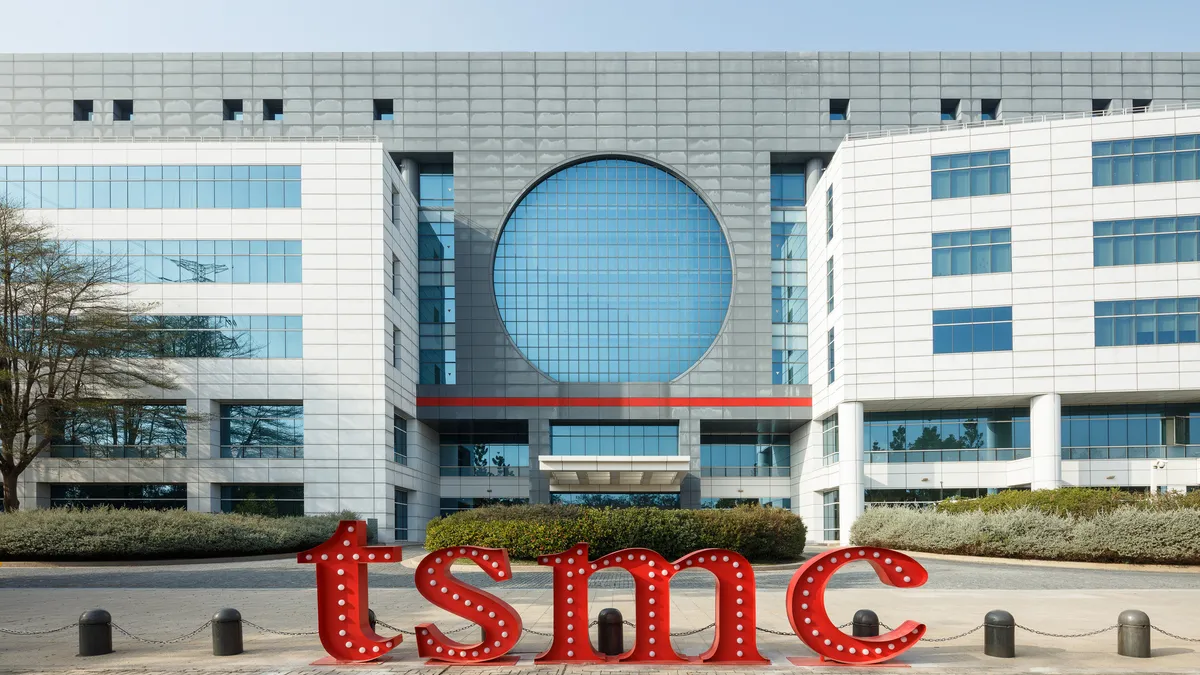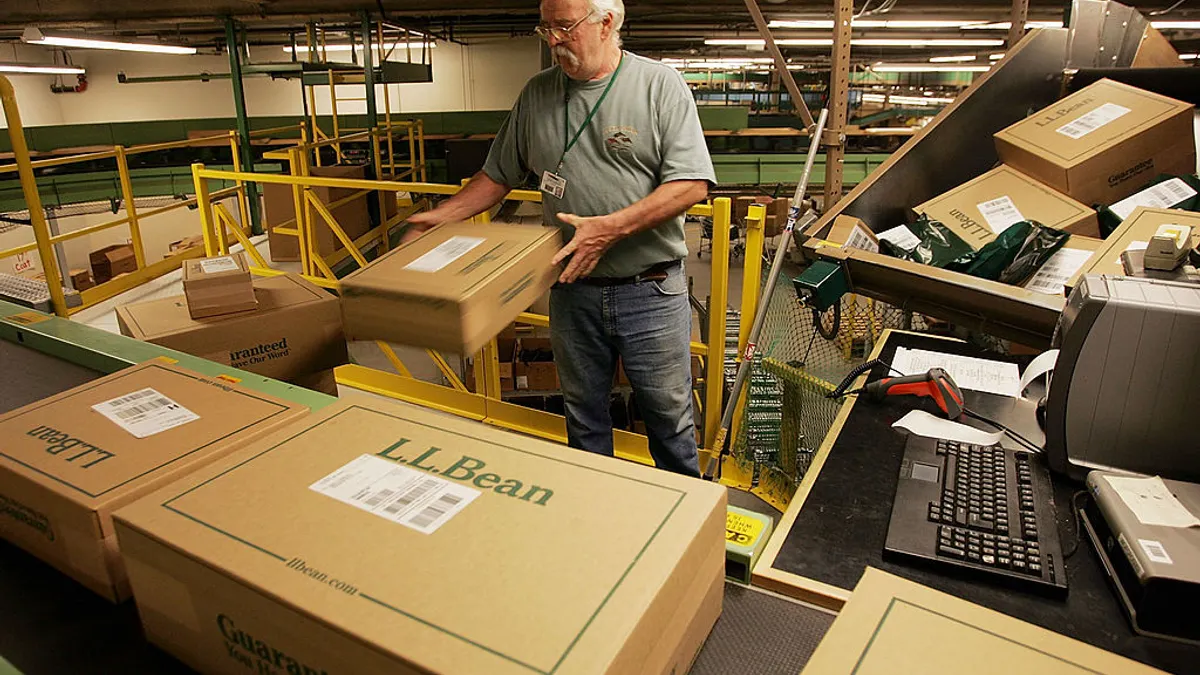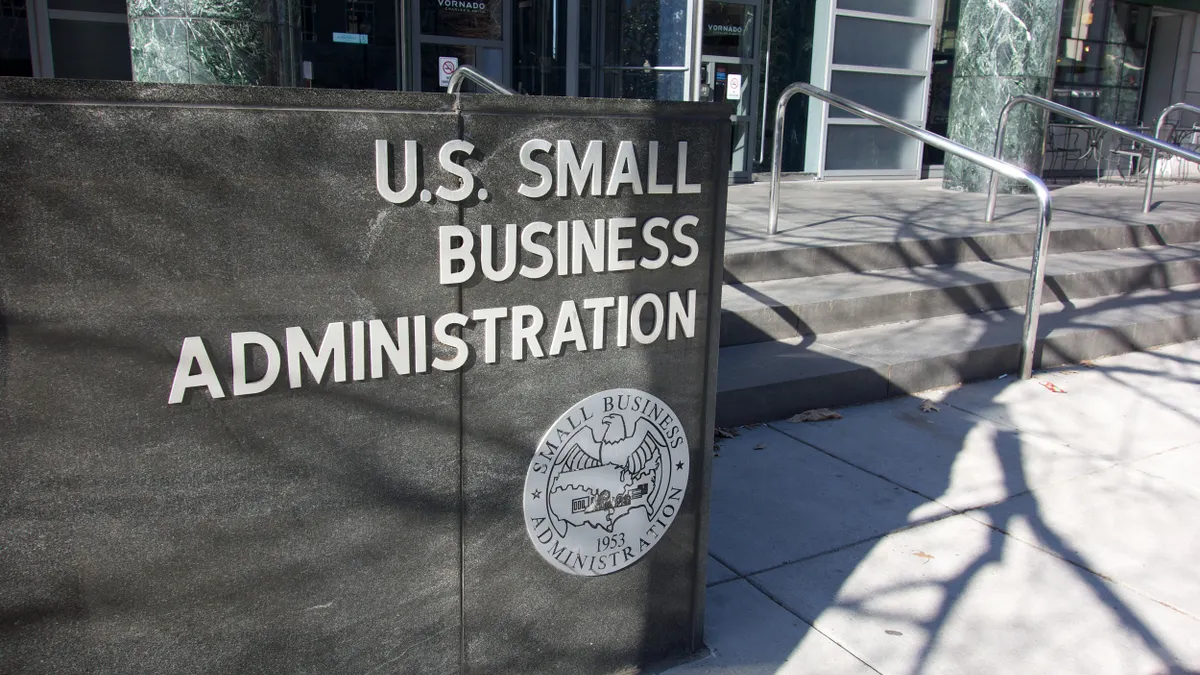Dive Brief:
- Semiconductor inventory levels at Taiwan Semiconductor Manufacturing Co. remained stubbornly high at the end of Q1 as the company struggled with low demand.
- The company was already facing elevated inventory levels at the end of 2022, but with a slower demand recovery than expected, inventory adjustments will take longer to normalize, CEO C.C. Wei said on an April 20 earnings call.
- Wei cautioned that the inventory adjustment could now take into the third quarter as sales continue to be slow, with the company forecasting a 10% dip in revenue for the first half of the year.
Dive Insight:
Despite a tough operating environment in the first half of the year, TSMC is hoping customers' new product launches will help buoy it to healthier revenues in H2.
"We believe we are passing through the bottom of the cycle of TSMC business in the second quarter," Wei said on the call.
AI-related customer demand has also helped with lowering excess stock levels, Wei noted, adding that increased use of ChaptGPT and other applications is likely to lead to future growth.
"We have observed an incremental increase in AI-related demand. It will also help the ongoing inventory digestion," Wei said. "The trend is very positive for TSMC."
TSMC has been anticipating this demand downturn for months. In January, the company told investors that it expected revenue to dip in 2023 due to falling demand from consumer device and data center clients.
At the same time, it forecasted that semiconductor supply levels, which have been constrained since the onset of the pandemic, would normalize throughout the year.
The semiconductor maker is also continuing to keep a tight lid on its capital expenses amid the slow market. The company cut its 2022 capital budget by 10%, down to $36 billion.
TSMC's 2023 capital budget is expected to be between $32 billion and $36 billion, CFO Wendell Huang said on the April call.
"Given the near-term uncertainties, we continue to manage our business prudently and tighten up our capital spending where appropriate," Huang said. "That said, our commitment to support customers' structural growth remains unchanged, and our disciplined CapEx and capacity planning remains based on the long-term market demand profile.
















